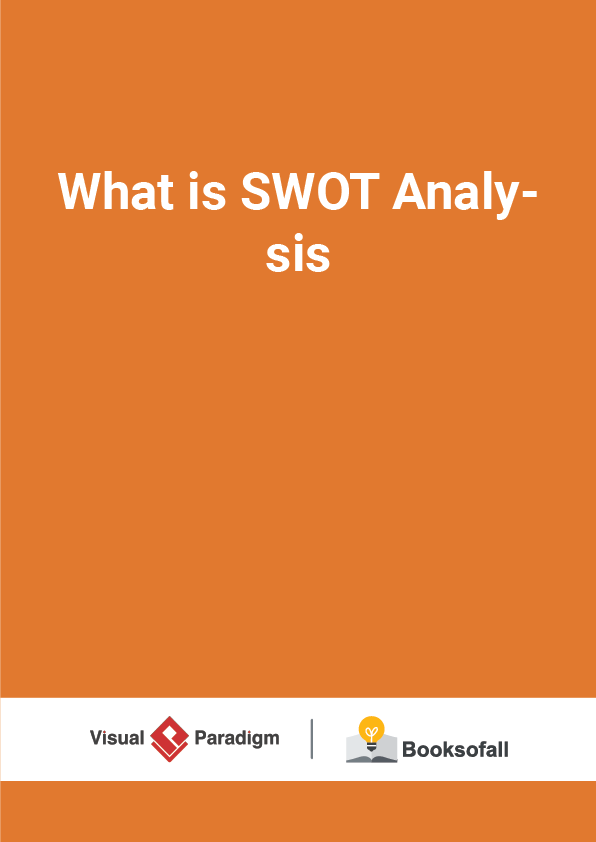Customer Journey Mapping (CJM) for UX Designer
13-17 minutes
A customer journey is the set of interactions a customer has with your business to complete a task such as evaluating, onboarding, getting support, or renewing a product or service. A customer journey map is a visualization of an individual’s relationships with a product/brand over time and across different channels. It helps businesses better understand the customer experience including all the journey steps and touch points along the way to achieving their goals. By exposing the gaps between the user’s expectations and perceptions at key steps in the journey with associated departments and stakeholders.
A Customer Journey Map often represents as a timeline of all touch points between a user and a product. This timeline contains information about all channels that users use to interact with a product that typically involves breaking down traditional system, department and channel silos to unify and automate the customer engagement process. Cross-channel customer context is collected and analyzed to support continuous optimization of the customer experience over time.
Why Customer Journey Map (CJM)?
Customers are increasingly empowered by competition, digital channels and easy access to information such as, their devices become more integrated and connected to your business and systems via the Web, self-service and mobile apps. The customer’s buying cycle starts long before they visit the website – and the service and support experience continues long after they place their order.
This digital disruption is making customer experience a priority and shifting business focus from traditional systems of record to dynamic systems of engagement. Companies that fail to take the full buying cycle into account commonly under-deliver on customer expectations. Thus, the businesses force to reinvent themselves to increase customer value and deliver great experiences by re-factoring systems and processes to consistently support customers on these new touchpoints.
Customer journey maps can be useful beyond the UX design and marketing teams. They can help facilitate a common business understanding of how every customer should be treated across all sales, logistics, distribution, care, etc. channels. This in turn can help break down “organizational silos” and start a process of wider customer-focused communication in a business and consequently, a CJM helps us to achieve the following:
- It fosters a more user-centric approach to product design, which ultimately leads to better user experience design.
- It serves as a corrective lens, providing an outside-in perspective and helping multiple teams within the organization understand the big picture from the customer’s perspective and create a shared understanding of the experience.
- It creates alignment across your business and help drive customer-centric change from product teams and business unit leads to IT operations and then out to marketing, sales and service.
- These business silos (isolated departments or business units) are usually hindered by poor exchange of information, bad assumptions, and lack of common standards and duplication of effort.
What is CJM?
Customer journey map illustrates the relationship of a customer with a business over a period of time using storytelling technique and visual cues. Story are being told from the perspective of customer, which provides insights of the total experience from the customers, helping your get a better understanding and addresses customers’ needs and pain points as they experience your product or service. It is an excellent tool for UX designers to visualize how a user interacts with a product and allows designers to see a product from a user’s point of view.
Different parts of the organization such as marketing, sales, support and collections often only understand their portion of the user’s end-to-end journey. They naturally gravitate towards supporting their own touchpoints, which then creates organizational silos.











